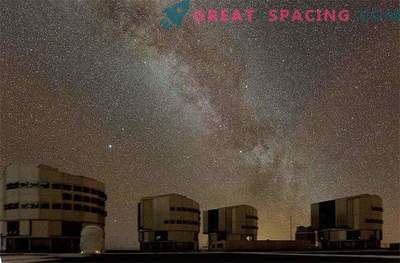
On May 9, a small planet Mercury transit in front of the Sun. This is the first such event in the last 10 years. This amazing video made by NASA shows how the transit of Mercury took place when viewed from Earth.
NASA's Solar Dynamics Observatory began recording the transit of the planet as soon as Mercury began its 7, 5 hour journey in front of the Sun. Another video shows transit at different wavelengths of light. The transit began at 14:12 Moscow time and ended at 21:40, however, by that time the Sun had already dropped below the horizon.
This transit of Mercury was the first since 2006. The next transit of Mercury will occur in 2019. This event occurs 13 times a century, so scientists around the world closely watched it using ground-based solar telescopes and space observatories, such as the SDO spacecraft.
"When studying the transits of Mercury, scientists can make measurements that can help clarify the calculations of the distance from Earth to the Sun, as well as learn more about Mercury's ultrathin atmosphere (or exosphere)," said a NASA jet propulsion laboratory in Pasadena, California. “When Mercury is in front of the Sun, we can study the exosphere of the planet more closely,” said NASA scientist Rosemary Killen in a statement. "Sodium in the Mercury exosphere absorbs and re-emits yellow-orange color from sunlight. Thus, by measuring, we can learn about the density of gas on Mercury."
Mercury transit may also help scientists learn how to detect alien planets around distant stars. When a planet like Mercury passes in front of the parent star, a failure appears in the light coming from the star. Thanks to this method, astronomers were able to find more than 1000 confirmed alien planets.
In particular, the NASA Kepler space telescope used this method with great success.
"In addition, scientists began to investigate the exosphere of exoplanets," - wrote NASA staff at the Jet Propulsion Laboratory in a statement. "Observing the spectrum of light that has passed through the exosphere, scientists begin to understand the evolution of exoplanet atmospheres, as well as the influence of stellar wind and magnetic fields."











































